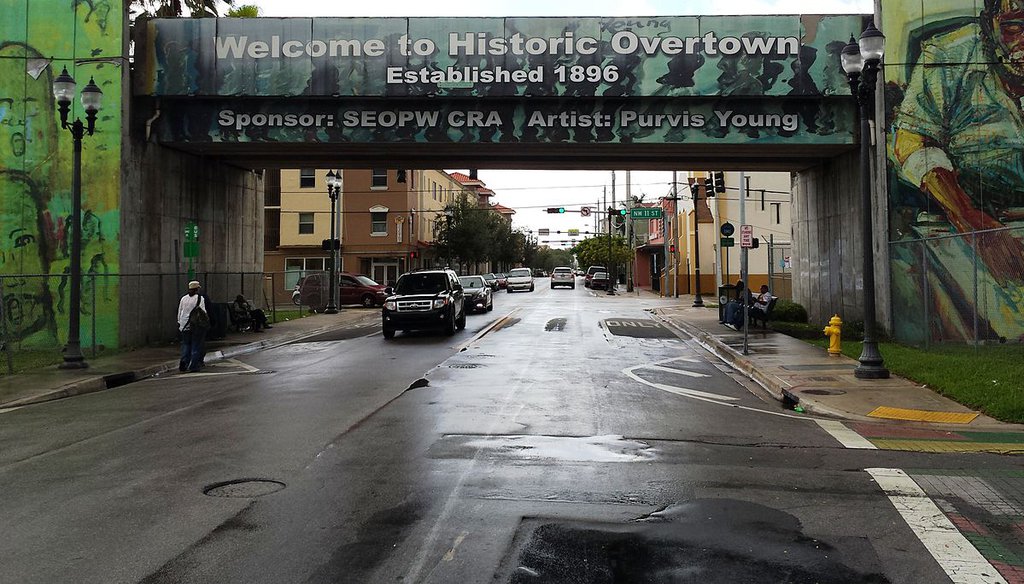Yakuda
Verified User
Pete butthead the transportation moron says America's roads are racist
https://thehill.com/changing-americ...tation-secretary-pete-buttigieg-says-there-is
https://thehill.com/changing-americ...tation-secretary-pete-buttigieg-says-there-is








